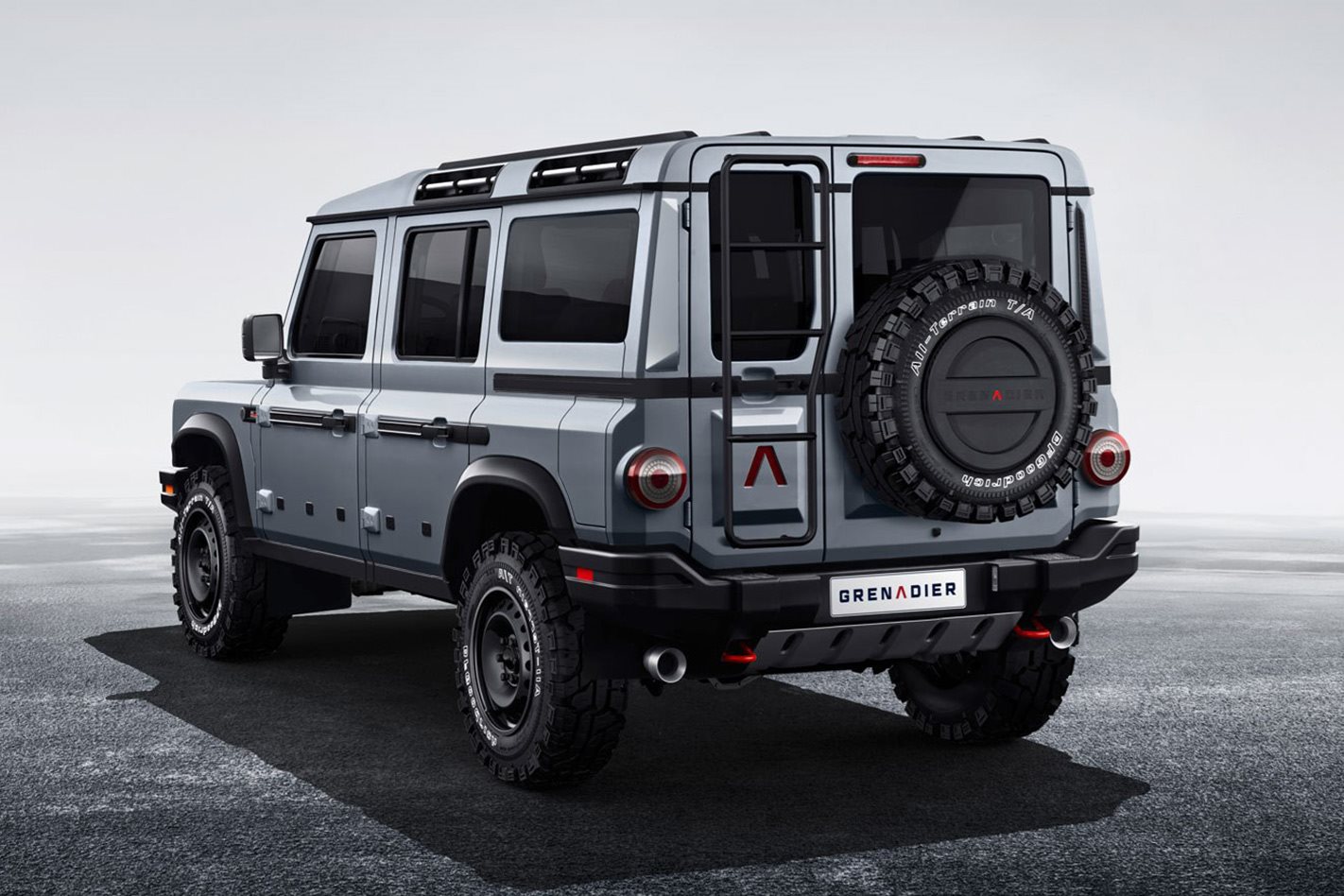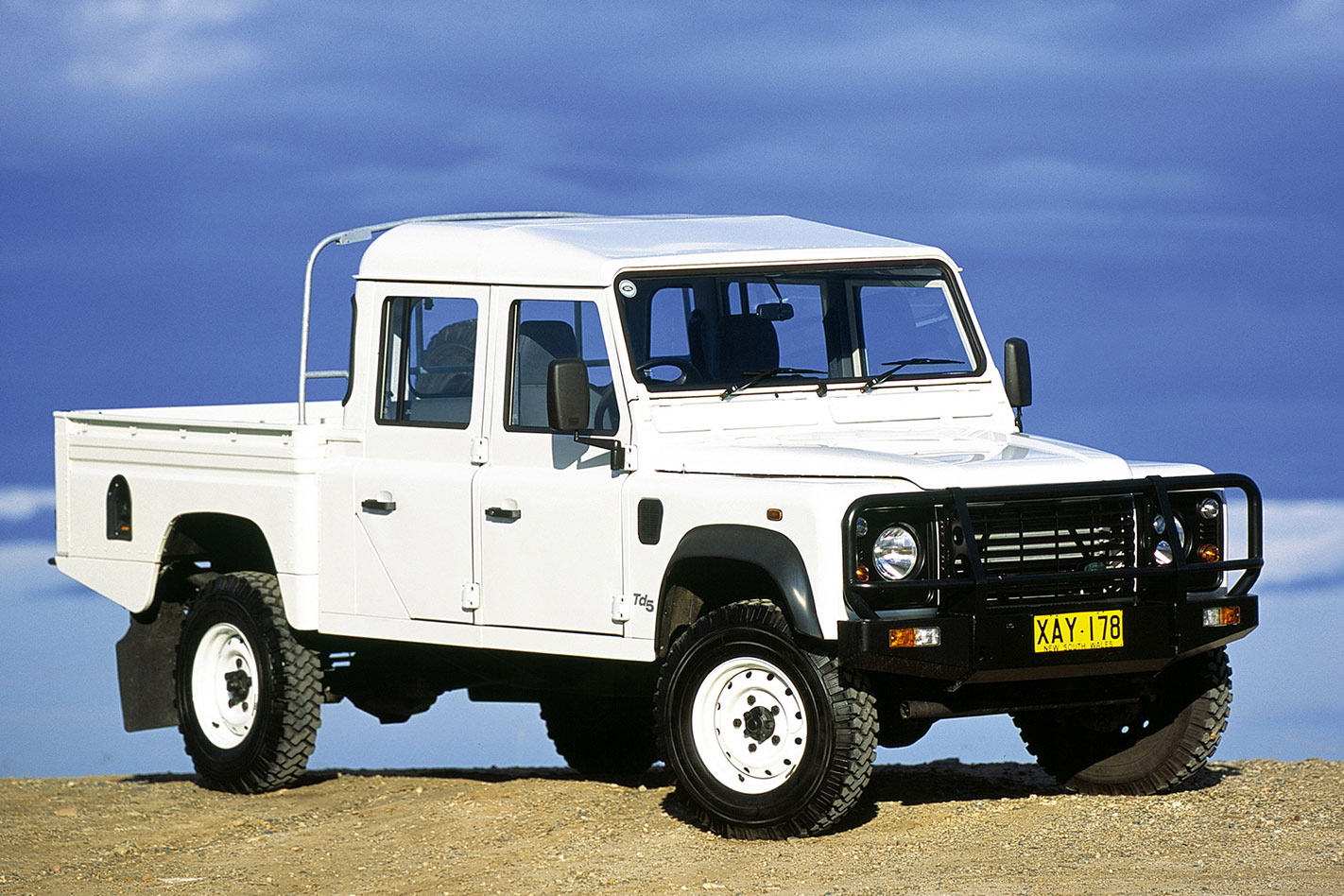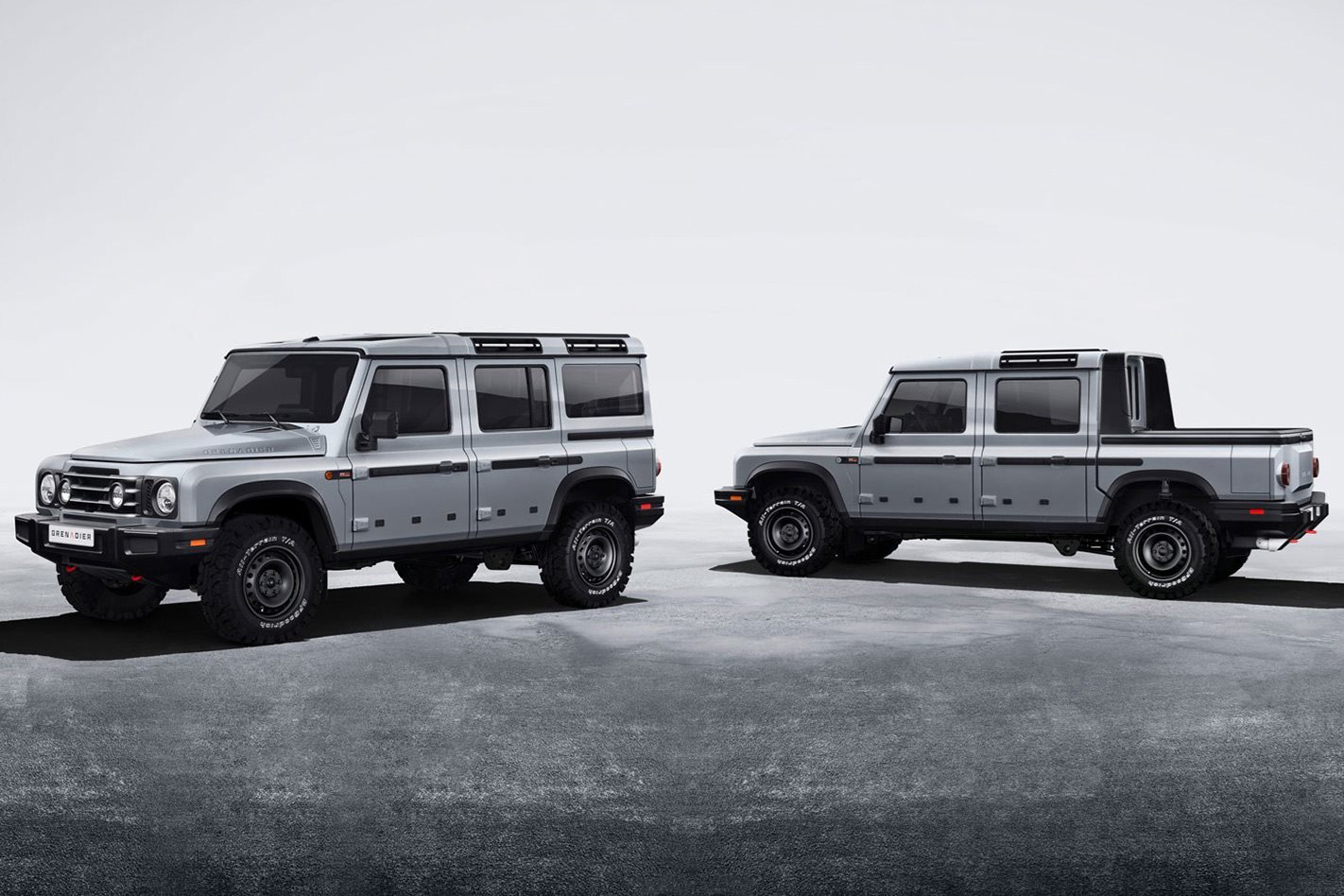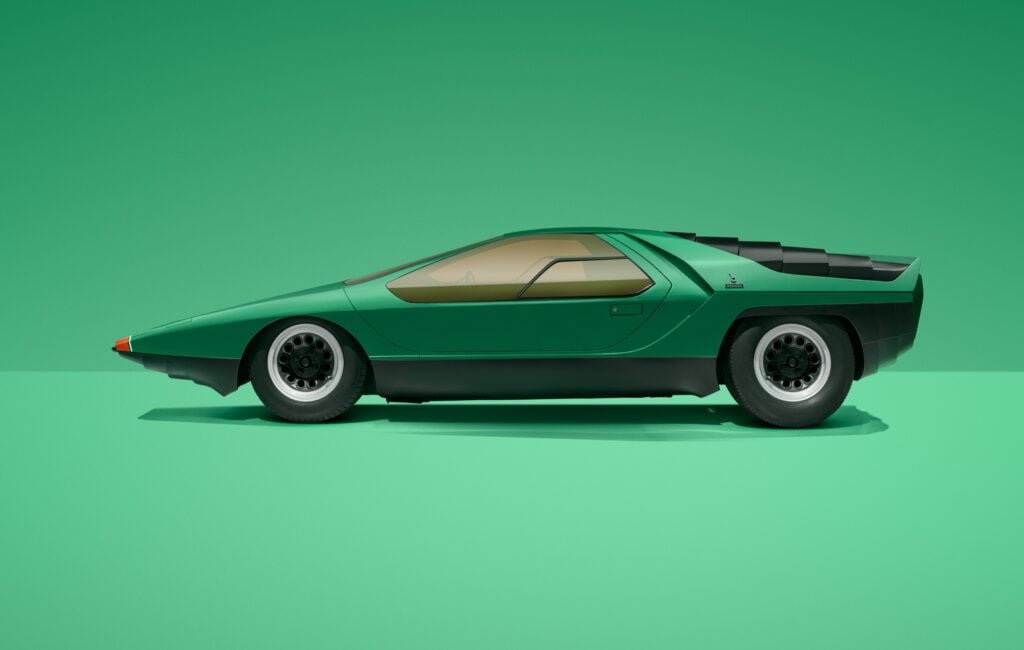A confession. I hated the old Land Rover Defender. Yes, I can appreciate its original aims and how it delivered on them, but if ever a vehicle outstayed its welcome, it was the Defender. By about thirty years.
On that basis, I ought to have little time for the Ineos Grenadier, a vehicle which looks like a shameless Defender rip-off that is being built by a chemicals company and named after the London pub where the billionaire owner of Ineos hatched this hare-brained scheme.
But I actually think it’s a great idea and here’s why.

The Defender was never a bad car. It was just a bad execution. Think of the roadster market in the late ‘80s. It was utterly moribund. Cars like the MGB had long died, old stagers like the Alfa Romeo Spider were still staggering on, and Ford was launching its largely hopeless front-drive SA30 Capri, ironically built on Mazda underpinnings.
Then the Mazda MX-5 appeared and demonstrated that it wasn’t that there was no demand in the sector. It was just that the existing products lacked any great appeal. The same’s true of ‘proper’ live-axled 4x4s at the moment. You get a choice of LandCruiser 70, Suzuki Jimny and Jeep Wrangler, none of which can really transcend its tiny niche.
The Grenadier could well be different. We’ve seen that there’s significant headroom in this market. People are prepared to pay if the product is right. While it’s very early in the development process for the vehicle, the initial signs look promising, even if I keep catching myself calling the thing a ‘Grenadender’.
Much of the development work has been contracted to Magna Steyr, which bolts together the Mercedes-Benz G-Class at its works in Graz, Austria. Indeed, Ineos is a key sponsor of the Mercedes-AMG Petronas F1 team, which led to the slightly surreal sight of Mercedes championing the Grenadier on social media, despite the fact that the vehicle will come to market with a 3.0-litre BMW straight-six under its bonnet, in both petrol and diesel guises.

Some have scoffed that here is a vehicle that features a rufty-tufty ladder frame and live axles and then ruins the whole deal by fitting a BMW engine and ZF eight-speed automatic gearbox, forgetting that the most oversubscribed Defender edition ever (the 150-unit Works V8 70th Anniversary Edition which sold out in 72 hours) had… a ZF eight-speed auto. Or that the Defender was fitted with a BMW engine – the M52 2.8-litre petrol for South Africa which, when benchmarked against the V8 Defender it replaced, performed better in virtually every test.
Indeed, many of the same people carping about the Grenadier are the same people who were hand-wringing when Land Rover canned the Defender. It’s odd. I can readily accept that making the styling so similar could antagonise the traditional marque fans. But, as designer Toby Ecuyer wryly stated, “If you’re designing a hammer, it has to perform a certain function. And, pretty much, hammers all end up looking very alike.”
I’d contend that there’s a decent slug of potential customers who loved the idea of a Land Rover Defender, but then drove one and witnessed its catastrophic ergonomics, its terrible on-road manners, its woeful safety provision and its antiquated tech and perhaps came to the conclusion that they didn’t like the idea quite so much after all. Which is pretty much where you’d have been in 1989 if you’d fancied a rear-drive roadster and took an Alfa Spider out for a pedal.
“I think it’s fair to say that our ergonomics will be about as far from Defender as we can make them,” says Ineos Automotive’s commercial director Mark Tennant. “The 1950s 85th percentile male is not quite the same as the 21st-century one, so clearly that’s an area of significant focus. The cars have got to be much more comfortable than some of those originals.” Preach.

The Grenadier can co-exist with the new Defender, but the Venn diagram of its customer set diverges somewhat. These are people who might like the look of a G-Wagen but don’t have $260K to throw at one. Persuading ornery country Australians to ditch their old LandCruisers, Patrols or dual-cabs for a Grenadier might be a tough sell but there’s a viable market for a sensibly-priced (sub-$100k) vehicle that is up to the challenges of our terrain. Even among those who don’t know what a portal axle is or how to rank every aftermarket winch by its torque rating.
We tend to cling onto much-loved concepts long after they’ve outlived their usefulness. I remember Porsche fans saying the 911 was dead when it went water-cooled. They were wrong, just as Holden was wrong to stake its future on Commodore when it was abundantly clear that buyers were migrating out of sedans. Many loved the Defender because of what it represented, not because of what it was. And that’s okay. Nobody’s taking that away. The rest of the world has moved on though and, in my book, if they move on with Ineos, that’s okay too.






